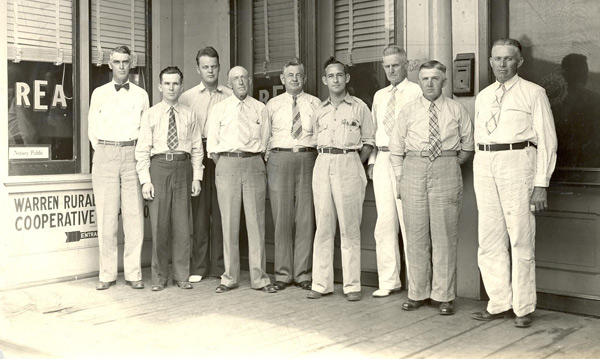On May 11, 1935, President Franklin D. Roosevelt issued Executive Order 7037, which established the Rural Electrification Administration, popularly known as the REA. On May 20, 1936, Congress passed the Rural Electrification Act promising long-term funding for rural electricity. The act also permitted the president to appoint an administrator for the REA who was “authorized and empowered to make loans in the several States and Territories of the United States for rural electrification and the furnishing of electric energy to persons in rural areas who are not receiving central station service.”
The Rural Electrification Act would prove to be one of President Roosevelt’s most important pieces of legislation during the New Deal era. For the first time, the federal government could make low-cost loans to non-profit electric cooperatives. These loans allowed cooperatives the ability to acquire the necessary facilities to bring electricity to farms and other rural areas.


